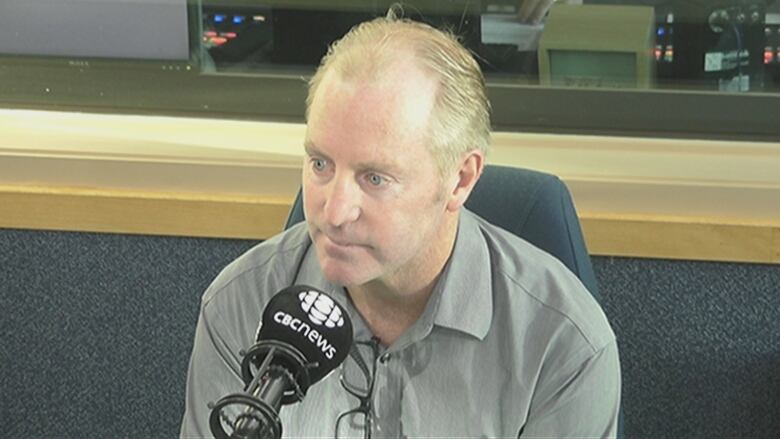Edmonton pushing for lawns to go natural
'Native plants are better adapted to the local climates and the local soils so they can survive better'

Enough of thathighfalutinKentucky bluegrass or commonfescues the City of Edmonton is exploring ways to encourage homeowners to go natural when it comes to their lawns.
Embracingnaturalization isa landscaping technique that focuses onnative flora, allowing propertiesto grow naturally instead of requiring the constant manicuring of lawns.
- Drought worries: should Edmonton re-think the front lawn?
- Lawn painters see green in Calgary's dry weather
Ward 10 city Coun. Michael Waltersasked city staff to look into the benefits ofnative vegetation, includinghow lawns can be converted and how homeowners can be encouraged to transform their lawns into a naturalized wonderland.
A report on the issue was on the agenda forthecity's utilitiescommittee meeting Friday.

But Mark Nolan, a landscape architect with I-B-I Group, told CBC's Edmonton AM radio showthe go natural idea can make sense for Edmonton homeowners.
"Native plants are better adapted to the local climates and the local soils so they can survive better without watering, fertilizing and other maintenance," he said.
They can survive better without watering, fertilizing and other maintenance.- Mark Nolan
Naturalization isn't a new idea, Nolan saidthe practice has been utilized widely since the early 1990s. There are several areasthe city has slowly been naturalizing over the years.
Nolan points to the surrounding bush of the Whitemud freeway and Rundle Park as good examples of where naturalization has worked withinthe city.
Grow baby, grow
A city website states that lawn naturalization canresult in economic, environmental and quality of life benefits.Thatincludes reduced maintenance costs, providing natural food forwildlife populations and reducingnoise levels asplantings mature.
There's a three-step naturalization process. It starts with every homeowner's dream reduced or no more need to cut the lawn.
"Regular grass mowing (turf maintenance) will decrease, or stop, allowing the grass to grow naturally," a report on naturalization reads.

Trees and shrubs native to Alberta canbe planted to help "establish a healthy and diverse ecosystem," the report says. Thefinal stageis plantingsmaller native trees, shrubs and wildflowers.
A lot of native plants are very attractive and a lot of them are fruit bearing so you can have a native garden that also produces food.- Mark Nolan
Nolan saidwith the massive variety of vegetation that flourishes in central Alberta, people who naturalize their yards wouldn't be limitedon the look of their lawn.
"Edmonton is on the edge of the central parklands region, which is a mix of grasslands areas and groves of woodland and forests, like aspen woodland," said Nolan.
"A lot of native plants are very attractive and a lot of them are fruit bearing, so you can have a native garden that also produces food."
With files from Edmonton AM












_(720p).jpg)


 OFFICIAL HD MUSIC VIDEO.jpg)
.jpg)



























































































